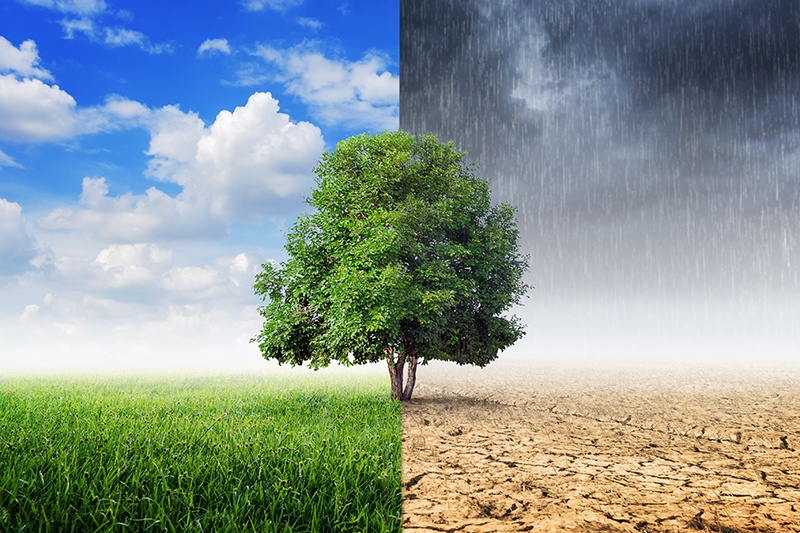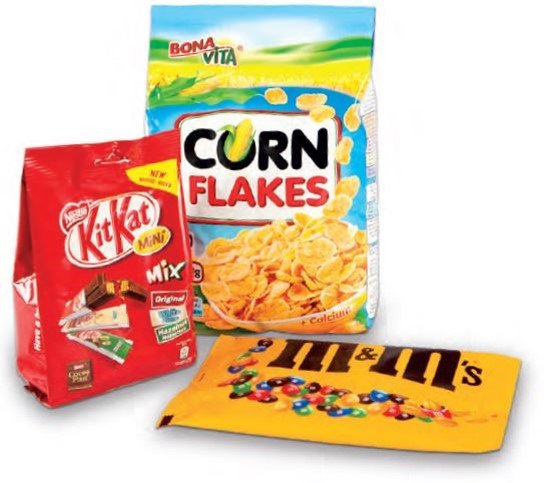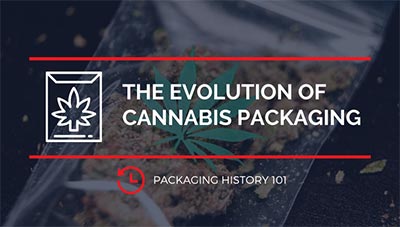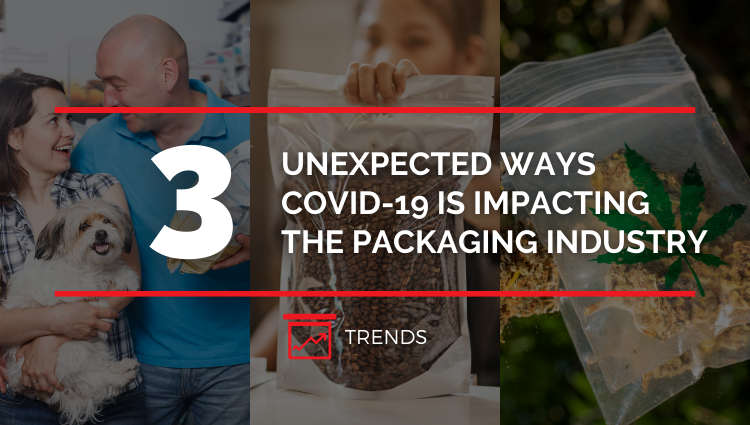Current State of Food Loss—Where Food Packaging Comes into Play
From a sustainability standpoint, the global population is growing much too rapidly. About 100 years ago, there were around 1.8 billion people in the world. That number has grown to 7.3 billion today and is expected to reach nearly 10 billion by 2050.
But if you’re a leader in a consumer packaged goods (CPG) food company, this is a fantastic opportunity for your products. With a rapidly growing global population comes a rapidly growing demand for food. Between now and 2050, food demand is expected to increase between 59% to 90%.
If you want to scale your production to meet these demands, you can’t just look at how to produce more food. You have to address the current state of food loss as well.
How Much Food Is Lost or Wasted Every Year?
A recent Harvard Business Review article pointed out major problems for CPG companies looking to capitalize on growing food demand—that “climate change-driven water scarcity, rising global temperatures, and extreme weather will have severe long-term effects on crop yields.”

This means you can’t just purchase more land and grow more crops and expect to meet nearly twice as much demand for food globally. You know that some of your crop yields and packaged goods are lost along the supply chain—but you may not have realized just how big the food loss problem is. Here are some stats that put it in perspective:
- We produce nearly 4 billion tons of food globally every year—1.3 billion of which is lost or wasted (nearly 33 percent)!
- Lost and wasted food is worth $680 billion annually in industrialized countries
- Nearly 80% of food loss/waste comes from cereals, root crops, fruits, and vegetables
- In industrialized countries, food loss occurs at retail and consumer levels 40% of the time
- A 25% improvement in food loss/waste could feed nearly 900 million people globally
As a packager, there’s not much you can do about consumers needlessly throwing food away. However, a major part of food loss/waste is produce or packaged goods that have spoiled along the supply chain.
If you can address some of your supply chain concerns, you can put yourself in a much better position to scale alongside growing food consumption demands.
Innovative Packaging—One Way to Address Food Spoiling Along the Supply Chain
Your customers want fresh food, extended shelf life, and fewer preservatives—and to make matters more difficult, retailers are throwing your product away due to bruising or spoilage in transit, and sometimes discarding even if the product is perfectly fine, but too 'ugly' to attract consumers.
 These may seem like unattainable goals, but meeting growing food consumption demands will require solutions to food waste challenges. While many of your strategies can impact food waste and spoiling, one critical factor is your packaging process for food products. Reaching these production goals will require more effective methods for food packaging for products like fresh produce, nuts, coffee, etc.
These may seem like unattainable goals, but meeting growing food consumption demands will require solutions to food waste challenges. While many of your strategies can impact food waste and spoiling, one critical factor is your packaging process for food products. Reaching these production goals will require more effective methods for food packaging for products like fresh produce, nuts, coffee, etc.
In a recent post, we explained how modified atmosphere packaging (MAP) can help you extend the shelf life of fresh foods without adding new preservatives. To recap, the FDA defines MAP as packaging that “involves either actively or passively controlling or modifying the atmosphere surrounding the product within a package made of various types and/or combinations of films.”
Adopting innovating packaging like MAP certainly won’t eliminate food loss/waste from the world, but it can contribute to optimizing your supply chain and avoiding such massive food production losses. Not only that, but contributing to global sustainability is a goal that should be top of mind for all manufacturers, and new packaging can help make a difference.




